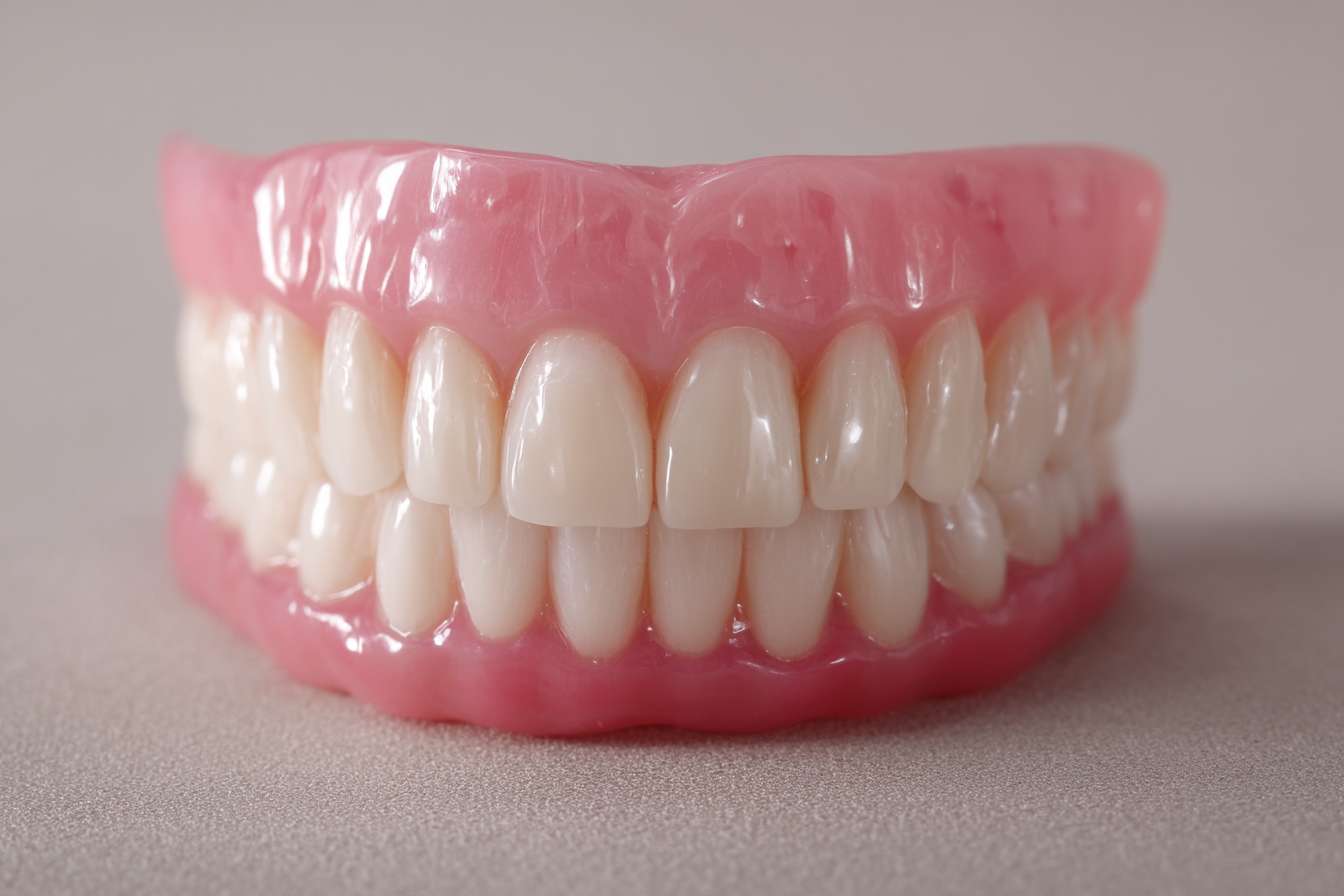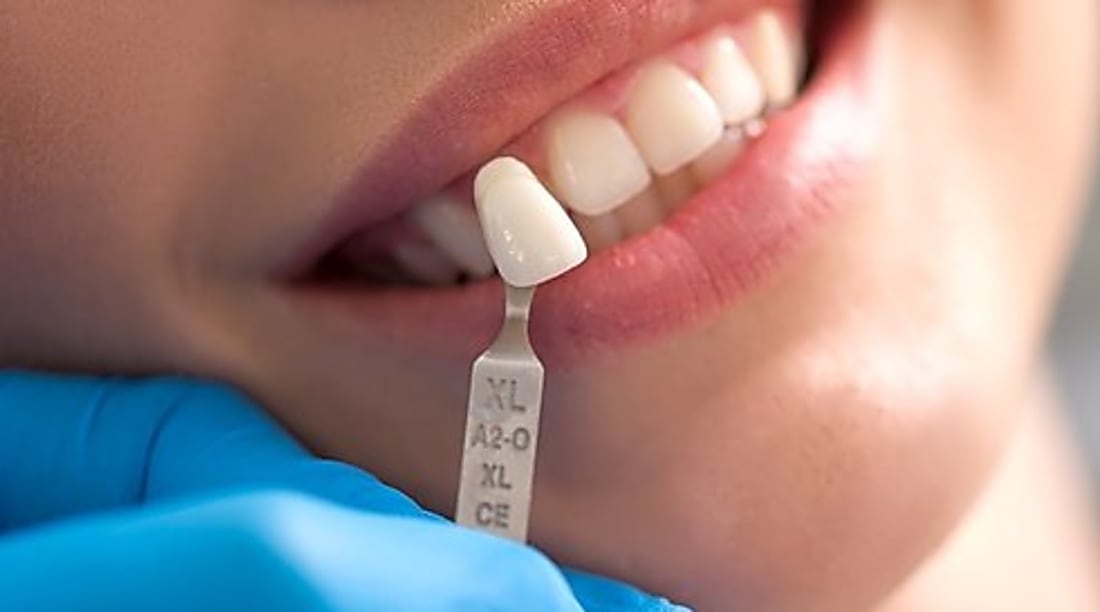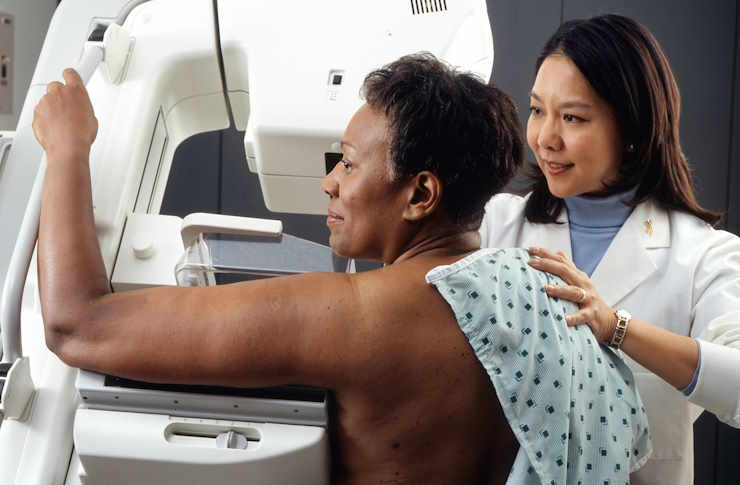Discover the Future of Dental Implants: Screwless Solutions for Your Best Smile
Dental technology continues to evolve with innovative solutions that make tooth replacement more comfortable and efficient. Screwless dental implants represent a significant advancement in implantology, offering patients a less invasive alternative to traditional screw-retained implants. These modern solutions are changing how dental professionals approach tooth restoration while providing patients with durable, aesthetically pleasing results.

Dental implants have revolutionized tooth replacement over the decades, offering patients permanent solutions that look and function like natural teeth. The latest evolution in this field—screwless dental implants—represents a significant leap forward in implant technology. These innovative systems are gaining attention for their simplified approach and potential benefits for patients seeking dental restoration options.
What Are Screwless Dental Implants?
Screwless dental implants, as the name suggests, are dental implant systems that don’t rely on traditional screws to secure the prosthetic tooth to the implant base. Instead, these modern systems utilize alternative attachment mechanisms such as friction-fit connections, snap-on attachments, or magnetic retention systems. The implant post is still surgically placed into the jawbone where it integrates with the bone tissue through osseointegration—the biological process where bone cells grow directly onto the implant surface, creating a strong foundation.
The key difference lies in how the visible portion of the tooth (the crown) connects to this foundation. Rather than using a small screw that passes through the crown to secure it to an abutment, screwless systems employ innovative locking mechanisms that eliminate the need for access holes in the crown’s surface. This advancement addresses several limitations of conventional screw-retained implants while maintaining the structural integrity expected from dental implants.
Why Are Screwless Implants Becoming a Popular Choice?
The growing popularity of screwless dental implant systems can be attributed to several distinct advantages they offer over traditional screw-retained options. First and foremost is the aesthetic benefit—without access holes for screws, the crowns have an uninterrupted surface that more closely resembles natural teeth. This is particularly important for front teeth where appearance matters most.
Dental professionals also appreciate the simplified clinical procedures associated with screwless systems. The absence of tiny screws means less time spent on precise screw tightening during placement and fewer components that could potentially loosen over time. For patients who experience anxiety about dental procedures, the streamlined process often translates to shorter chair time and a more comfortable experience.
Maintenance advantages also contribute to their rising popularity. Traditional screw-retained implants require periodic retightening of screws and maintenance of the access holes, which are typically filled with composite material. Screwless designs eliminate these maintenance requirements, potentially offering a more convenient long-term solution for patients.
How Do Screwless Implants Work?
Screwless dental implant systems employ various innovative mechanisms to secure prosthetic teeth. One common approach uses a friction-fit or snap-on connection where the crown is designed with an internal surface that precisely matches the shape of the abutment. When pressed together, these components create a secure connection through mechanical retention.
Some systems utilize a morse taper connection—a precision-engineered conical fit between components that creates an extremely tight seal when pressed together. The tapered design actually becomes more secure under pressure, making it highly stable during chewing and biting.
Other screwless technologies incorporate specialized locking mechanisms or even magnetic attachments that provide sufficient retention force while allowing for retrievability when needed for maintenance or replacement. The fundamental principle across all these systems is creating a secure connection without relying on screws that penetrate through the crown.
The surgical placement of the implant post itself remains similar to traditional implants—a titanium post is inserted into the jawbone where it integrates with the surrounding tissue. The difference emerges in the restoration phase, where screwless systems simplify the process of attaching and securing the visible portion of the replacement tooth.
Are Screwless Implants Suitable for Everyone?
While screwless dental implants offer numerous advantages, they aren’t universally appropriate for all patients and situations. Several factors influence their suitability, including the patient’s oral anatomy, bone density, and specific restoration needs.
Patients with adequate bone volume in the implant site are typically good candidates for screwless systems. However, those with significant bone loss may require additional procedures like bone grafting before implant placement, regardless of the attachment system chosen. Individuals with certain medical conditions that affect bone healing, such as uncontrolled diabetes or those undergoing radiation therapy, may need special consideration.
The location of the missing tooth also plays a role in determining suitability. Screwless systems may be particularly beneficial for front teeth where aesthetics are paramount, while traditional screw-retained options might still be preferred in some posterior locations where maximum mechanical retention is needed to withstand stronger chewing forces.
Patients should consult with dental professionals who can evaluate their specific circumstances and recommend the most appropriate implant solution. A comprehensive examination, including 3D imaging of the jaw, helps determine if screwless implants are viable or if alternative approaches would better serve the patient’s needs.
Comparing Screwless Dental Implants Prices
The cost of dental implants varies significantly based on several factors, including the specific implant system, geographical location, dentist expertise, and any additional procedures required. Screwless dental implant systems typically represent a premium option in the market, reflecting their innovative technology and potential benefits.
| Implant System Type | Average Cost Range (Per Tooth) | Notable Features |
|---|---|---|
| Traditional Screw-Retained | $3,000 - $4,500 | Established technology, widely available |
| Basic Screwless Systems | $3,500 - $5,000 | Improved aesthetics, simplified maintenance |
| Premium Screwless Systems | $4,500 - $6,500 | Advanced connection technology, optimal aesthetics |
| Full-Arch Screwless Solutions | $20,000 - $30,000 | Complete replacement of all teeth on one jaw |
Prices, rates, or cost estimates mentioned in this article are based on the latest available information but may change over time. Independent research is advised before making financial decisions.
It’s important to note that dental insurance coverage for implants varies widely. Many plans consider implants an elective procedure and may cover only a portion of the costs or exclude coverage entirely. Some dental practices offer financing options or payment plans to help manage the investment.
When comparing costs, patients should consider the total expense, including the surgical placement of the implant, the abutment, the crown, and any necessary preliminary procedures such as extractions or bone grafts. The long-term value of different implant systems should also factor into decision-making, as higher initial costs might be offset by reduced maintenance needs and longer service life.
Dental implant technology continues to advance, with screwless systems representing an important innovation in the field. These modern solutions offer significant benefits in terms of aesthetics, simplified clinical procedures, and potentially reduced maintenance requirements. While not suitable for every patient, they provide an excellent option for many individuals seeking tooth replacement that closely mimics natural teeth in both appearance and function.
As with any dental procedure, the decision to pursue screwless implants should be made in consultation with qualified dental professionals who can provide personalized guidance based on individual oral health needs, anatomical considerations, and budget constraints. With proper care and maintenance, both traditional and screwless dental implants can provide decades of functional and aesthetic benefits.
This article is for informational purposes only and should not be considered medical advice. Please consult a qualified healthcare professional for personalized guidance and treatment.




